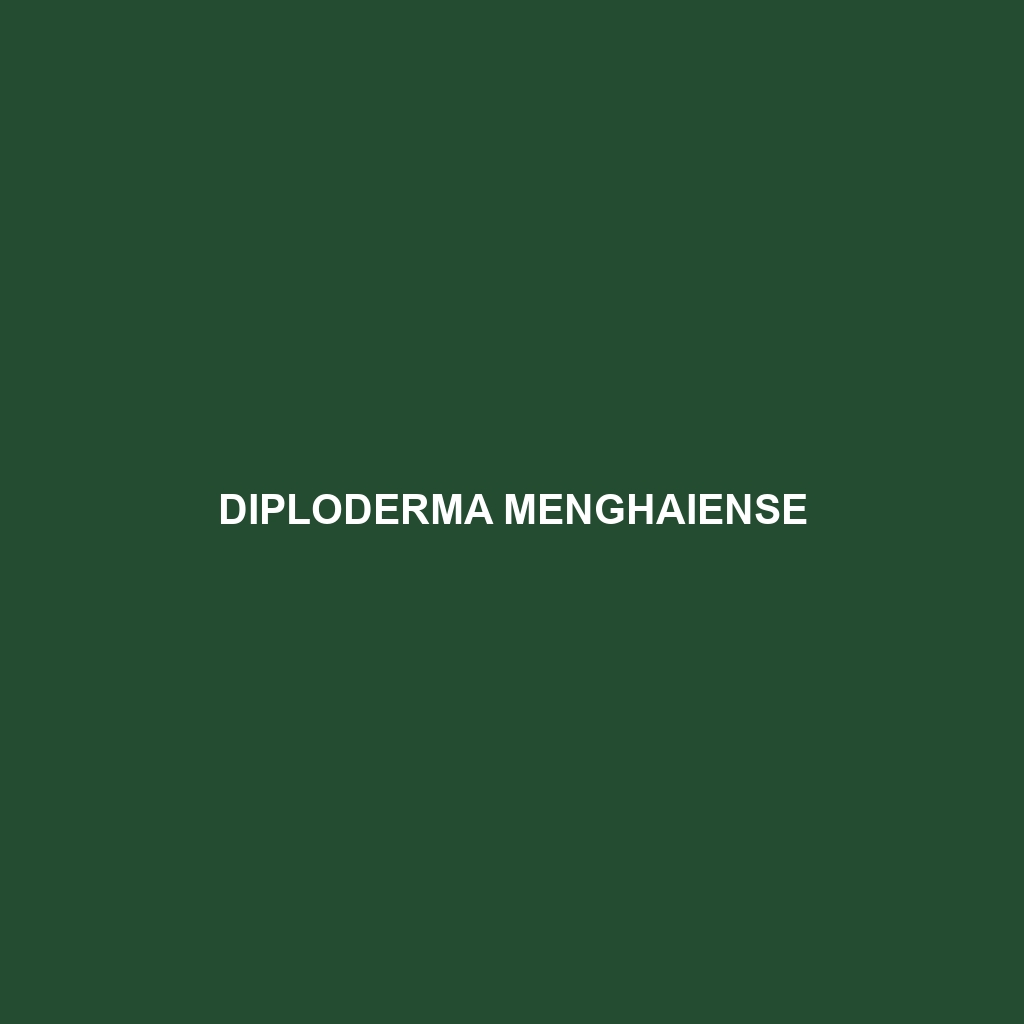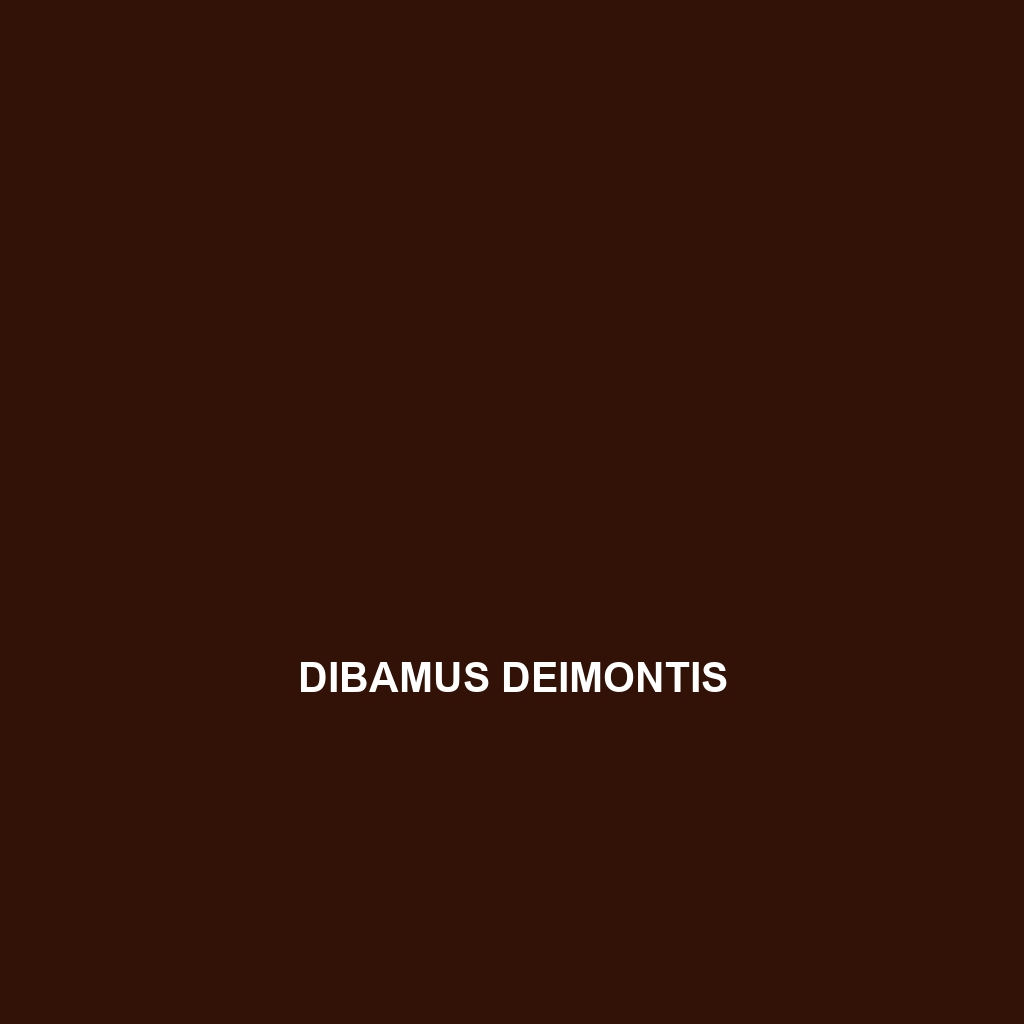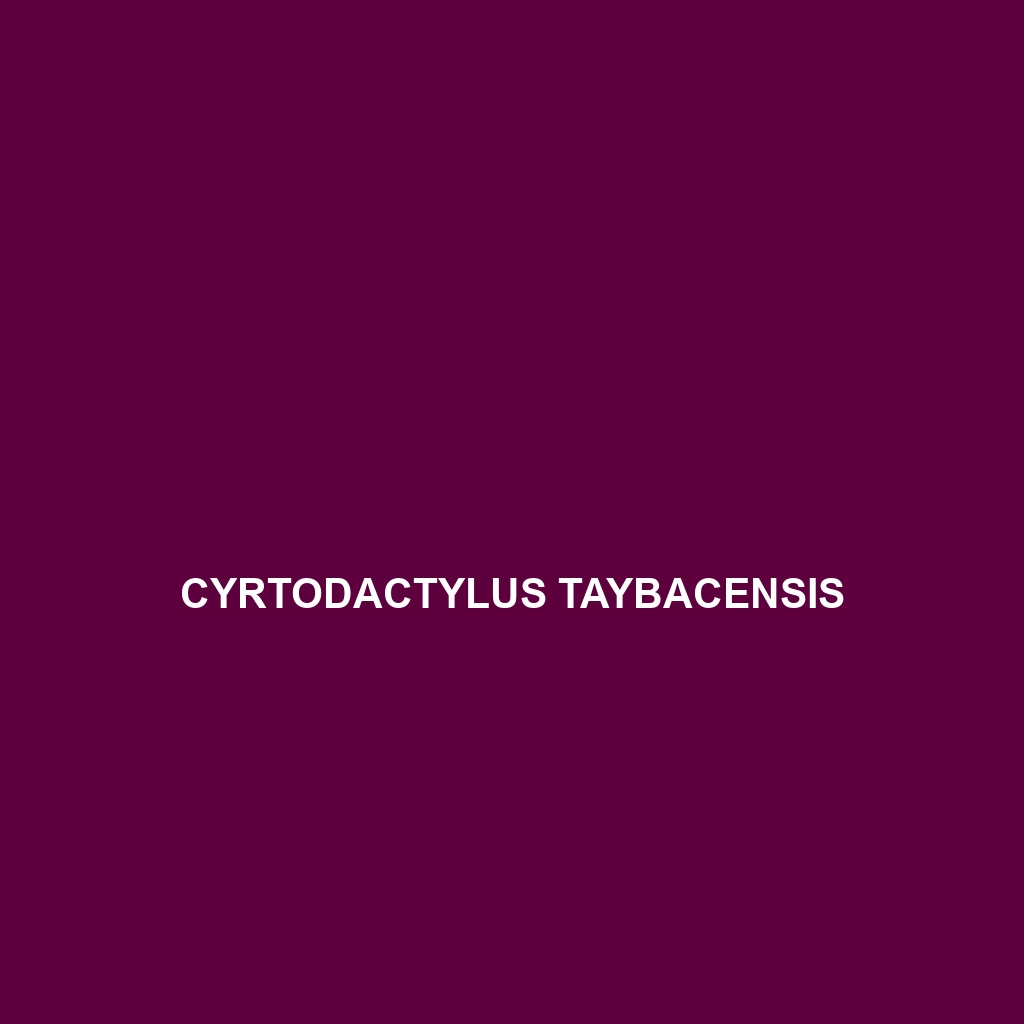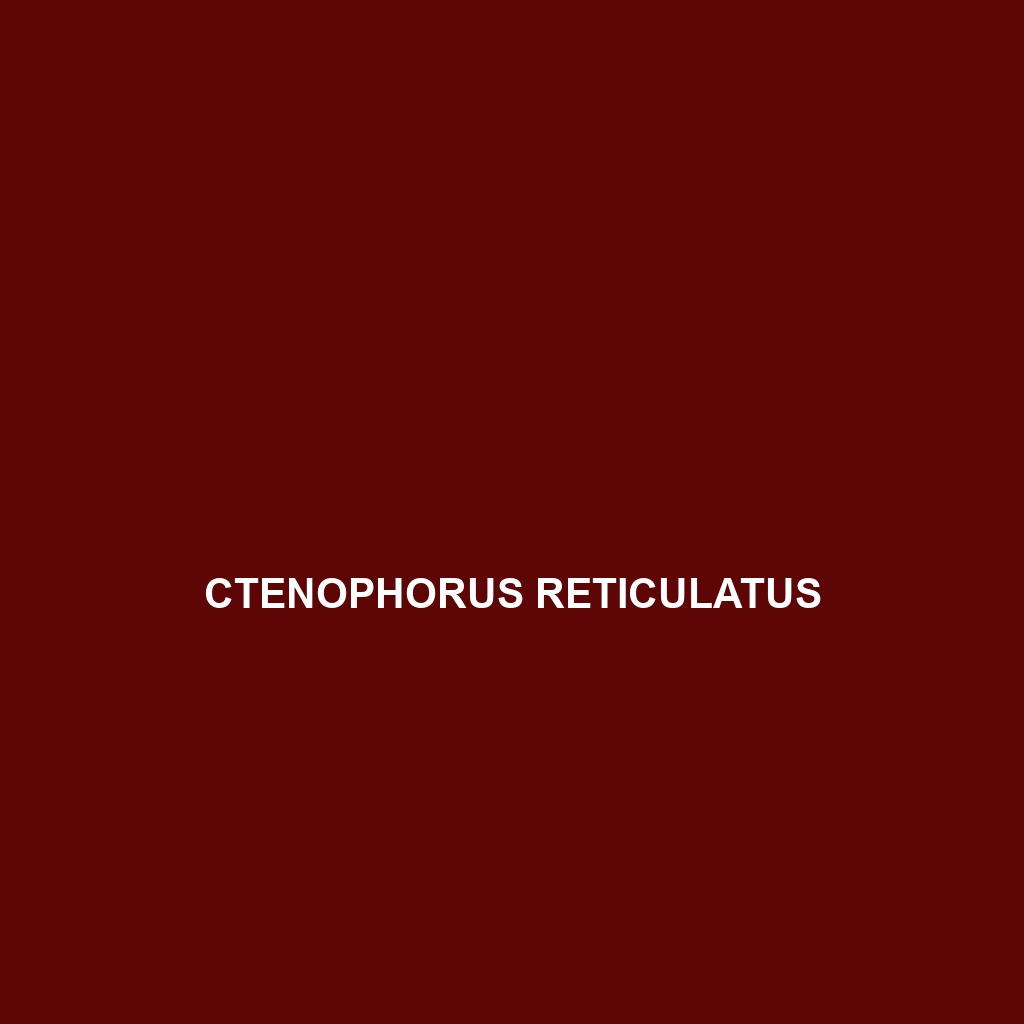The <b>Gallotia bravoana</b>, or La Gomera lizard, is a medium-sized herbivorous lizard endemic to La Gomera, characterized by its ability to change color during mating and its vital role in seed dispersal within its temperate forest habitat. Currently endangered, it faces threats from habitat loss and invasive species.
Tag: unique lizard facts.
Egernia pilbarensis
The Egernia pilbarensis, or Pilbara Skink, is a resilient lizard native to the arid Pilbara region of Western Australia, recognized for its robust body, distinctive earthy tones, and social behavior. This omnivorous species thrives in semi-arid habitats, plays a crucial ecological role, and exhibits fascinating reproductive and thermoregulatory behaviors.
Draco norvillii
Introducing the Draco norvillii, or Norville's flying dragon, a captivating insectivore from Southeast Asia's tropical rainforests, renowned for its impressive gliding abilities enabled by specialized wing-like flaps and vibrant camouflage. This diurnal lizard plays a crucial role in maintaining ecosystem balance by controlling insect populations while showcasing unique courtship displays during the wet season.
Diploderma menghaiense
intriguing Diploderma menghaiense, a medium-sized lizard native to the forests of Southwest China, known for its striking green, brown, and gray coloration that offers excellent camouflage. This diurnal insectivore plays a vital role in controlling insect populations and exhibits fascinating behaviors, including territorial displays and the ability to slightly change color for better concealment.
Dibamus vorisi
Dibamus vorisi, a legless lizard found in the tropical forests of Southeast Asia, known for its elongated body and smooth, camouflaged scales. This fossorial species plays a crucial role in its ecosystem by regulating insect populations and aerating the soil through its burrowing behavior.
Dibamus deimontis
Dibamus deimontis, a legless lizard native to the tropical forests of Borneo and Sumatra, characterized by its elongated body, brown to dark brown coloration, and nocturnal fossorial behavior. This insectivorous species plays a crucial role in regulating pest populations and is currently classified as vulnerable due to habitat loss.
Cyrtodactylus tautbatorum
vibrant Cyrtodactylus tautbatorum, a tropical gecko from Southeast Asia, renowned for its climbing skills and distinctive appearance. This nocturnal insectivore thrives in humid forests, showcasing remarkable adaptations like tail regeneration and a crucial role in maintaining ecological balance.
Cyrtodactylus pyinyaungensis
Cyrtodactylus pyinyaungensis, a gecko from Southeast Asia, known for its striking light brown coloration with darker blotches, reaching lengths of 12-15 cm. This vulnerable species thrives in humid limestone karst habitats, primarily feeding on insects and playing a vital role in its ecosystem.
Ctenotus lancelini
Discover the Ctenotus lancelini, a slender lizard native to southeastern Australia, thriving in open woodlands and scrublands. With a length of 10 to 15 cm, it features distinctive light brown to golden coloration and plays a crucial role in controlling insect populations.
Ctenophorus reticulatus
Ctenophorus reticulatus, commonly known as the Reticulated Dragon, is a medium-sized lizard native to arid regions of Australia, distinguished by its striking reticulated patterns and flattened body. This diurnal species primarily feeds on insects and plays an important ecological role in maintaining population balance while adapting well to diverse habitats.









